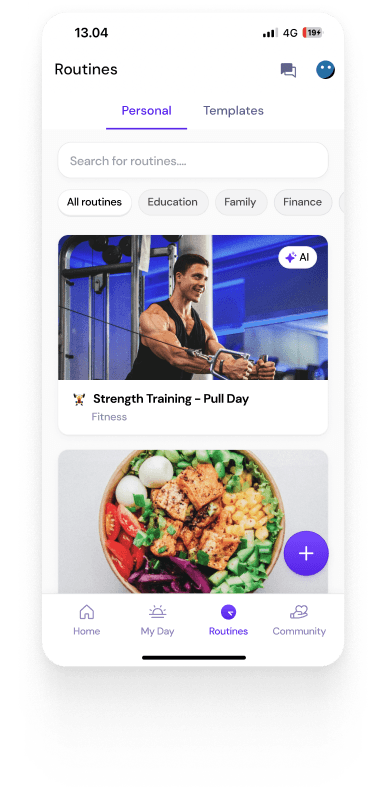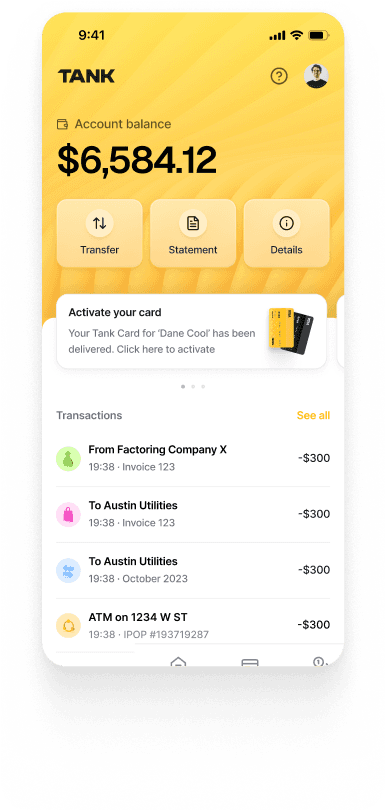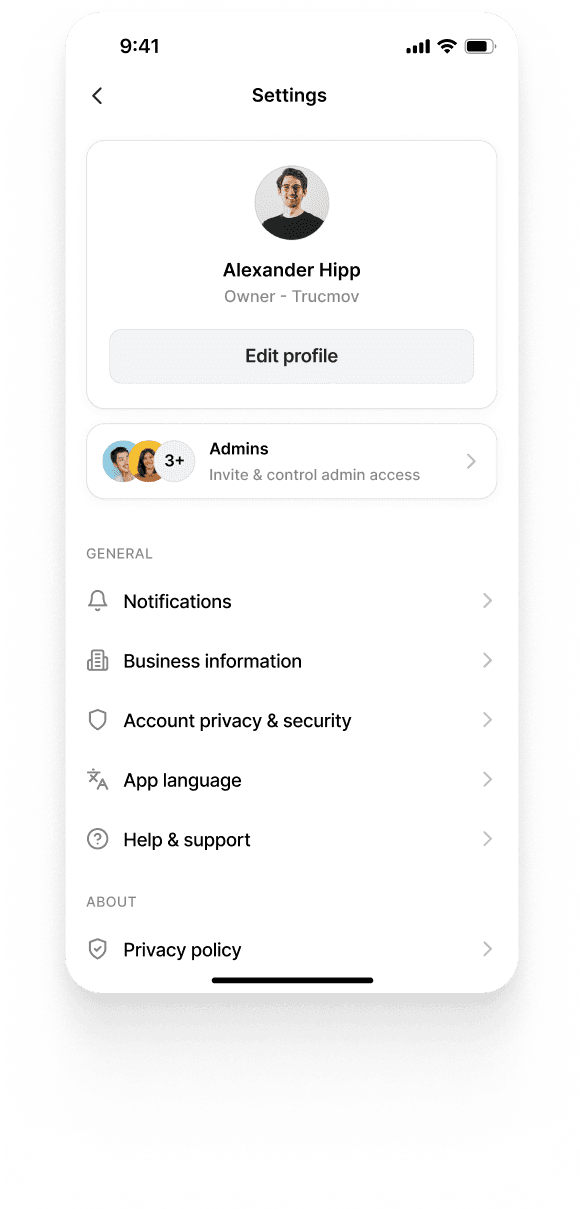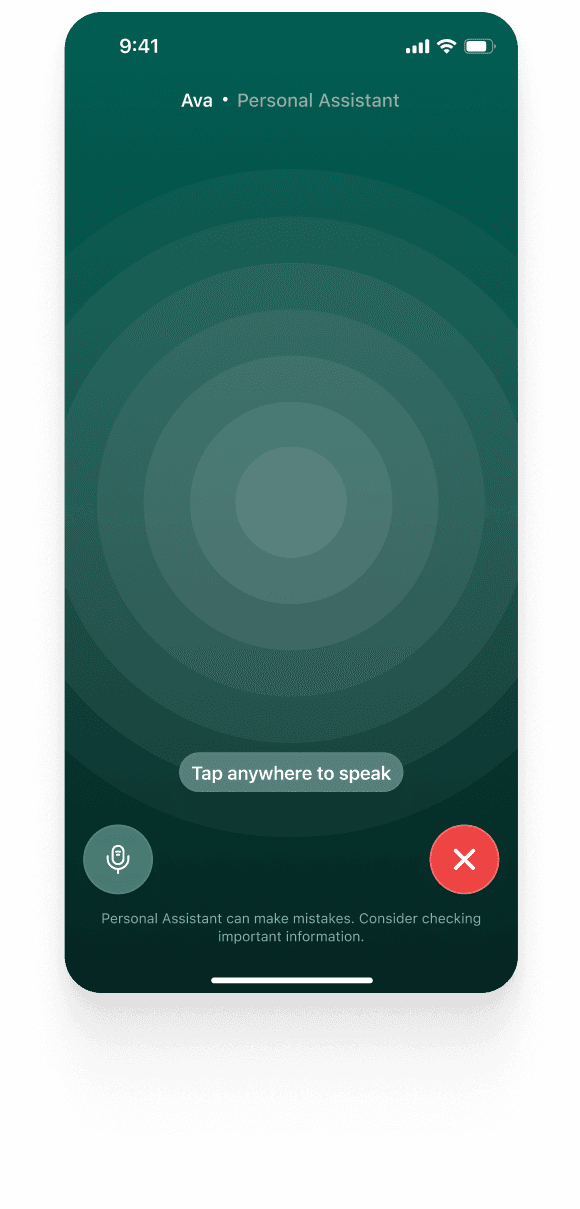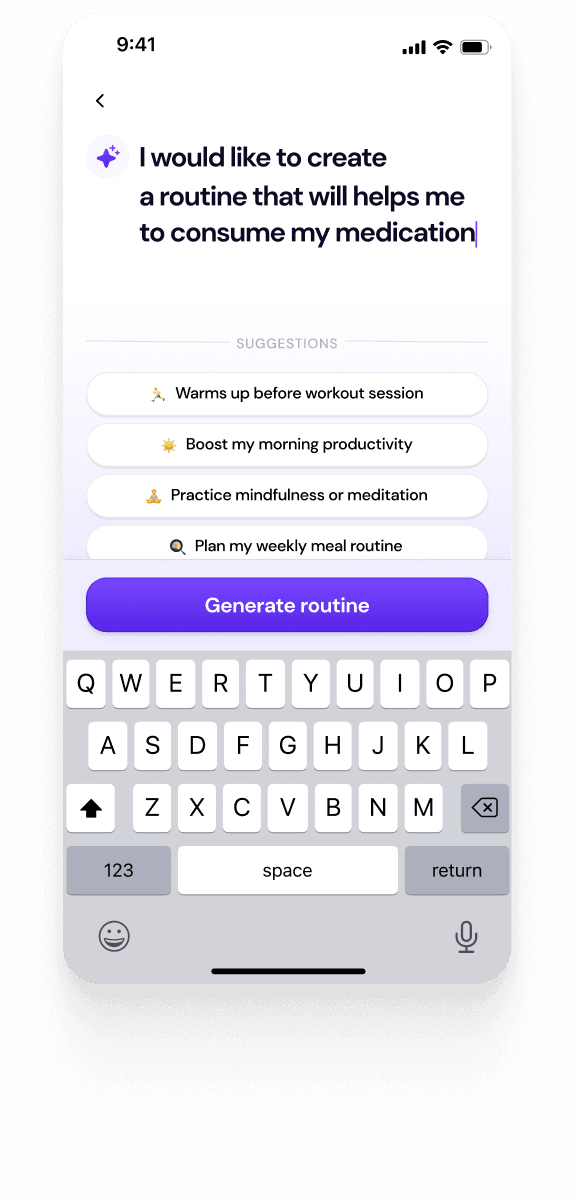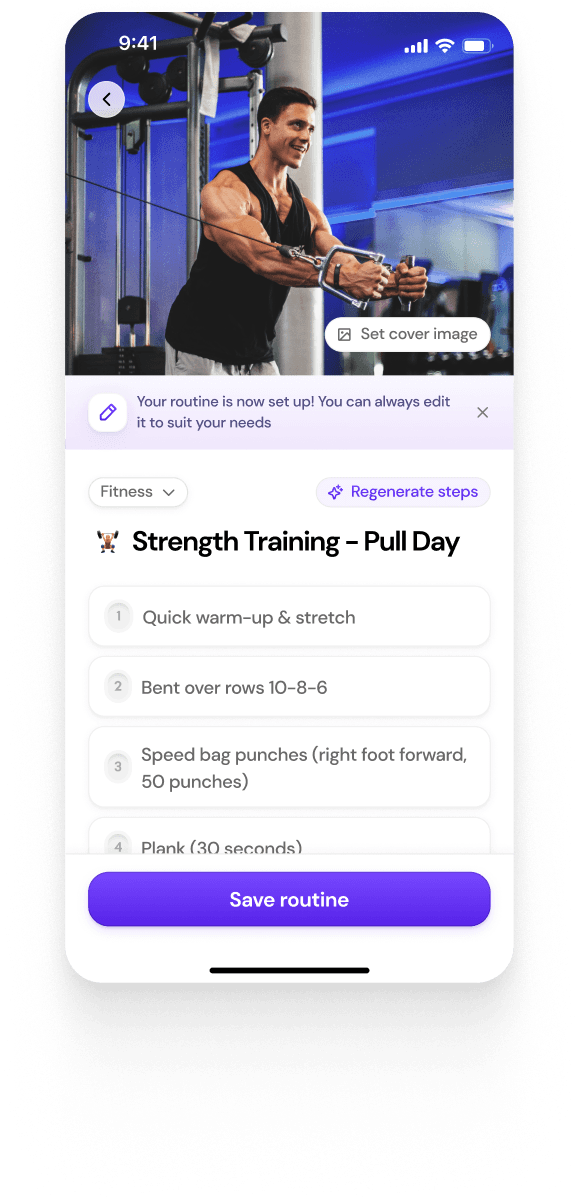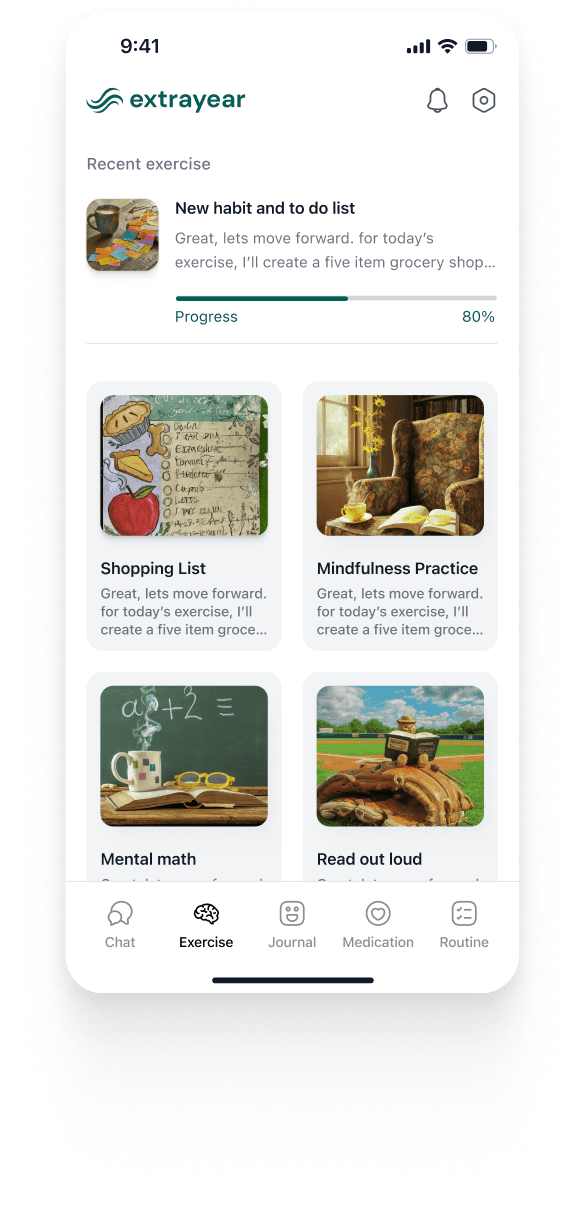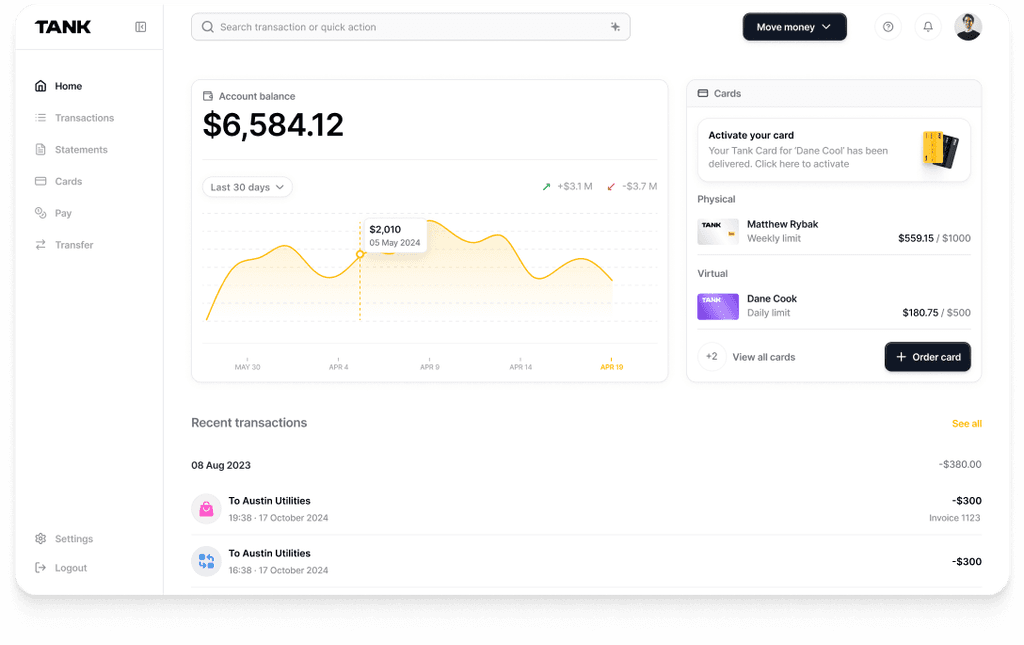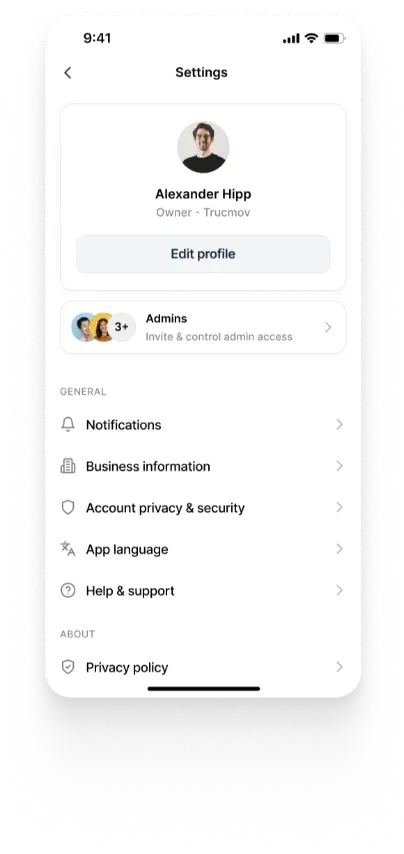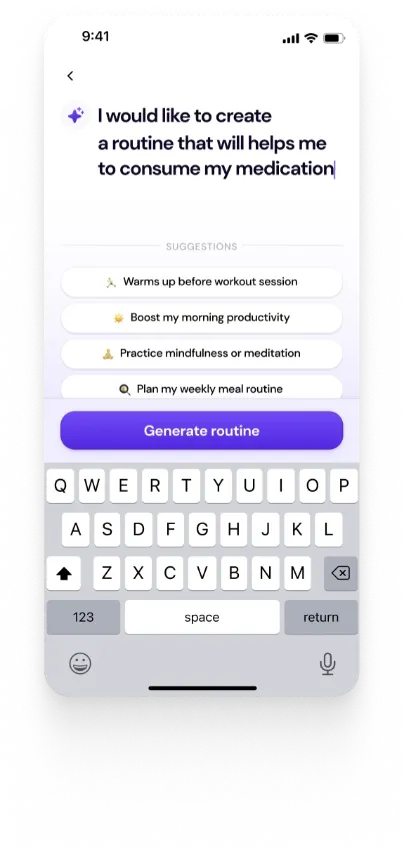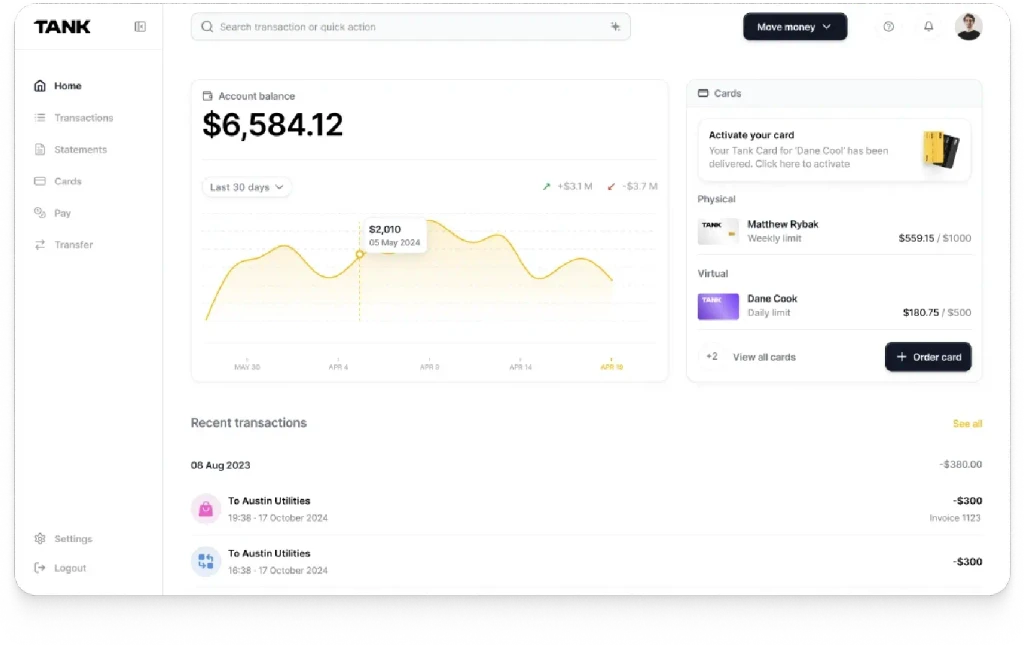Measuring the Performance of AI Code Generation: A Practical Guide
Summary
This guide presents a comprehensive framework for measuring the effectiveness of AI-generated code. It details key metrics—functional correctness (e.g., pass@k), code similarity (BLEU, CodeBLEU), static analysis (lint errors, complexity), performance (runtime, memory), and security (vulnerability scores)—alongside tools and benchmarks used in automated evaluation pipelines.
Key insights:
Functional Accuracy: Metrics like pass@k quantify whether code solutions pass all defined tests.
Similarity Metrics: BLEU, CodeBLEU, and embedding scores compare generated code to reference implementations.
Code Quality Checks: Tools like Pylint and SonarQube flag issues in readability, complexity, and maintainability.
Performance Profiling: Execution time, memory usage, and scalability are measured using profilers and benchmarks.
Security Audits: Static and dynamic tools detect vulnerabilities and assess code robustness under edge cases.
Integrated Evaluation Pipelines: CI tools automate metric collection, enabling continuous model comparison and improvement.
Introduction
As AI-driven coding assistants (often based on large language models like GPT or Codex) become widely used, technical teams and managers must measure their performance quantitatively. Evaluation guarantees that the code produced is accurate, effective, and maintainable. In practice, we evaluate code quality, execute created programs against test suites, and gather numerical metrics that summarize the outcomes. This insight reviews the primary categories of metrics for AI code generation, their computation, and supporting tools.
Functional Correctness (Pass Rates)
Functional correctness is the most fundamental requirement: the code must do what it should. The AI's code is run through unit tests or examples defined for every programming task (inputs and expected outputs). Furthermore, a popular statistic is pass@k, which is the likelihood that at least one of the k code samples produced for each challenge will pass every test. In other terms, pass@k = 1 - (ways to choose any k tries) / (ways all k efforts are incorrect). Formally, if c correct solutions are obtained from n total samples, then:

For example, pass@1 is simply the percentage of problems the first generated solution solved; pass@5 is the chance that at least one of five tries is correct. This is automated by programs like HuggingFace's Evaluate library, which creates several outputs for each question, runs them, and calculates pass@k. Real development processes are reflected in this test-driven methodology, which is employed by OpenAI's HumanEval and other comparable benchmarks: code is only considered "right" if it passes its unit tests.
We frequently report the simple pass rate (the percentage of tasks where the generated code passed all tests) in addition to pass@k. One might also monitor the test-case success rate, the percentage of individual test cases that pass, if each task has many tests. Calculating these percentages is simple and involves calculating the number of successful automated test runs. Frameworks such as JUnit (for Java) and pytest (for Python) can run tests and log findings in bulk for deterministic evaluation. Functional metrics are questions like "What is pass@k?" or "What proportion of issues did the AI solve?"
Textual and Structural Similarity Metrics
When reference solutions are available, we can also measure syntactic similarity between the AI’s code and a ground truth. Here, standard NLP metrics are applicable. For instance, ROUGE gauges recall and longest-common-subsequence overlap, while BLEU calculates the precision of token n-grams between generated and reference code (where n-grams are continuous sequences of n tokens, such as 2-grams for token pairs or 4-grams for token quadruples). For example, ROUGE-L determines the longest matching subsequence, while BLEU counts the number of 4-grams that match perfectly. Higher ratings indicate a closer match. These scores range from 0 to 1 (or 0–100%). Code proximity can also be measured using character-level F1 (CHRF) or Levenshtein (edit) distance.
Furthermore, Metrics tailored to a particular code have been suggested. By adding AST (syntax) and data-flow structure, for instance, CodeBLEU expands on BLEU and rewards code that is functionally comparable despite variable names being different. Code semantics are also taken into consideration by RUBY and other measures. Embedding-based measures, such as CodeBERTScore, have been demonstrated to correlate more accurately with human judgment and functional correctness than basic BLEU. These metrics compute vector embeddings of generated and reference code and take a cosine similarity.
However, because text-similarity measurements can be deceptive, care must be used. A low BLEU score can result from two functionally comparable programs sharing few tokens or structures. On the other hand, if only a few important tokens are different, a high BLEU does not ensure correctness. In practice, similarity scores are used as auxiliary metrics or for research comparison, but functional pass rates are generally given more weight for “does it work.”
Code Quality and Static Analysis Metrics
Beyond correctness, we measure code quality (readability, maintainability, style). These are automatically calculated by static analysis tools. For instance, linters such as ESLint (for JavaScript) and Pylint or Flake8 (for Python) analyze the code against style constraints and produce errors or warnings for naming conventions, grammar problems, and unused variables, among other things. A numerical score or count of infractions is frequently produced by these technologies; the lower the number, the better. Other static-code metrics include:
Cyclomatic Complexity: Counts separate execution pathways, or roughly how many branches there are, such as if/for. High complexity (e.g., >10) denotes a danger of bugs and convoluted reasoning.
Code Coverage: Percentage of code branches or lines that tests run. Programs with 100% coverage are thoroughly tested; those with poor coverage still include untested components. This is quantified by coverage tools (such as JaCoCo and coverage.py).
Bug Density: Number of defects per thousand lines of code. This typically comes from combining testing/QA results or static analysis and normalizing by code size.
Duplication Rate: Percent of code that is duplicated (copy-paste) in the generated output. High duplication (code clones) suggests poor reuse and maintenance headaches.
Technical Debt / Maintainability: Tools like SonarQube compute a “Maintainability Index” or debt ratio, counting things like code smells and TODOs. Lower debt (and fewer code smells) means higher quality.
Security Issues: Count of security vulnerabilities flagged by scanners (e.g., Bandit for Python, SonarQube’s SAST rules).
Low complexity, excellent coverage, and no serious problems are characteristics of high-quality AI-generated code.
These metrics are aggregated across codebases and time by platforms like as SonarQube or Code Climate, which provide dashboards with quality scores. They can be incorporated into a continuous integration pipeline by running a security scan, linter, and complexity analyzer after code generation to provide numerical scores. This is crucial since AI models frequently utilize default variable names and skip comments; these problems are easily detected by static metrics.
Performance and Efficiency Metrics
In some cases, we must measure how well the generated code runs. Key performance metrics include runtime speed and resource usage. If the AI creates a sorting algorithm, for example, we benchmark it on big inputs and track memory usage and execution time (using tools like Python's timeit or profilers). We keep track of parameters like throughput, peak memory utilization, and average latency. These values are automatically logged by profiling programs (such as Java Flight Recorder and cProfile). On a typical workload, we might provide "max memory = 20 MB" or "average execution time = 0.05s”.
AI-generated code is frequently contrasted with a baseline (human-written) implementation. Assessing whether a model's matrix multiplication performs as quickly as an optimized library is one example. Such tests are automated via benchmark suites (e.g., SQLBench for database queries, Java Microbenchmark Harness for Java, and Pytest-benchmark for Python). These frameworks generate statistical summaries (mean, median, and standard deviation of times) after running each code snippet several times.
Scalability (how performance deteriorates with input size) and resource efficiency (CPU/GPU use, energy, etc.) are additional performance indicators. These are crucial for production use, even if they are not typically mentioned in scholarly publications. Even if a created program is functionally correct, it might not be acceptable if it is 10× slower than anticipated or utilizes a lot of memory.
Robustness and Security Metrics
We must also quantify how robust and secure the code is. Static security analysis checks for vulnerabilities such as SQL injection, buffer overflows, or unsafe routines (e.g., utilizing SonarQube rules, Bandit, Checkmarx). To obtain a "vulnerability score," we can either add up the severity of the security warnings or count how many there are. For instance, following a scan, "0 serious issues, 2 medium issues."
Fuzzing or stress testing is used to gauge dynamic robustness. For example, the software may be fed thousands of edge cases or random inputs, and the crash or error rate could be monitored. This can be accomplished using bespoke Python scripts or tools like AFL or libFuzzer (for C/C++). "Crash-free percentage" or "exception rate" are two possible metrics. Unexpected inputs must be handled gracefully by a resilient code (e.g., by sanitizing inputs or raising controlled errors).
The compilation success rate and runtime crash rate are additional measures of resilience. For instance, we can state that "90% of Java snippets compiled successfully" or "98% of created Python functions were syntactically valid." "X% of running code passed all integration tests without exceptions" is a possible runtime metric. Although production problems can be captured by monitoring technologies like NewRelic and Datadog, we often use the findings of pre-deployment testing.
In summary, crash rate under fuzzing, the number of high-severity alerts, or comparable quantitative indicators could be used as robustness/security metrics. A more complete picture of reliability is obtained by utilizing both static and dynamic tests.
Evaluation Frameworks and Tools
Collecting these metrics is enabled by various frameworks. Unit tests, reference solutions, and carefully selected coding tasks are offered by benchmark suites such as OpenAI HumanEval, CodeXGLUE, or APPS. You can apply the metrics methodically with these datasets (e.g., run pass@k across all HumanEval activities). In a similar vein, open-source libraries aid in the computation of metrics. For instance, the code_eval metric in Hugging Face's Evaluate library calculates pass@k given model outputs and test cases.
Additionally, there are broad assessment instruments: An open-source framework called OpenAI Evals can perform arbitrary comparisons and testing on LLM outputs. Custom metrics (BLEU scores, pass rates, and coverage) can be logged as training/inference metrics by other machine learning systems (Weights & Biases, MLflow).
Standard testing frameworks handle a large portion of the effort on the software side: To run created code on all tests and automatically count pass/fail, use Pytest or Unittest. Coverage reports are produced by JaCoCo or Coverage.py. Issue counts are produced by security scanners (Bandit, SonarQube) and linters (Pylint, Flake8, ESLint). Teams may automatically collect metrics on every build or PR by integrating these into Continuous Integration pipelines (such as Jenkins, GitHub Actions, and GitLab CI).
A CI process might, for instance, examine the AI-generated code, run all tests (providing pass@k or percentage), run pylint and report the number of warnings, and then run a profiler to gauge how long important functions take to execute. A set of quantitative scores is the result of this. If a new model version improved (higher pass@k, fewer lint mistakes, faster execution), it can be seen by plotting these over time.
The objective is always to convert code evaluation into numbers that inform decisions (e.g., “generated code dropped from 50 to 10 lint errors after fine-tuning” or “model X solved 85% of tasks, 10% more than Y”). Many teams also use dashboards or leaderboards: PapersWithCode tracks and ranks models by code metrics (e.g., pass@1 on HumanEval). Internal dashboards can display aggregated metrics per project.
Conclusion
In conclusion, the quantitative evaluation of AI code generators involves several metrics. Correctness metrics, such as pass rates and test success, measure whether the generated code functions as intended. Similarity metrics, including BLEU, CodeBLEU, and embedding scores, assess how closely the output matches the reference code. Quality metrics - such as code complexity, test coverage, and lint error counts - help evaluate the maintainability of the code. Performance metrics, including runtime and memory usage, gauge efficiency. Finally, security and robustness metrics, like static analysis findings and crash rates, provide insight into the reliability of the generated code.
Authors
Elevate AI Code with Precision
Walturn can help your team build robust, maintainable, and secure AI-generated code pipelines with expert product engineering and custom tooling.
References
“Benchmarks and Metrics for Evaluations of Code Generation: A Critical Review.” Ar5iv, 2021, ar5iv.labs.arxiv.org/html/2406.12655.
“HumanEval: LLM Benchmark for Code Generation.” Deepgram, deepgram.com/learn/humaneval-llm-benchmark.
Ihar Shulhan. “Transforming Language into Code: Building and Evaluating a Robotic Code Generation Copilot - ISE Developer Blog.” ISE Developer Blog, 16 Dec. 2024, devblogs.microsoft.com/ise/code-generation-evaluation.
TempestVanSchaik. “Evaluation Metrics.” Microsoft.com, 25 June 2024, learn.microsoft.com/en-us/ai/playbook/technology-guidance/generative-ai/working-with-llms/evaluation/list-of-eval-metrics.














